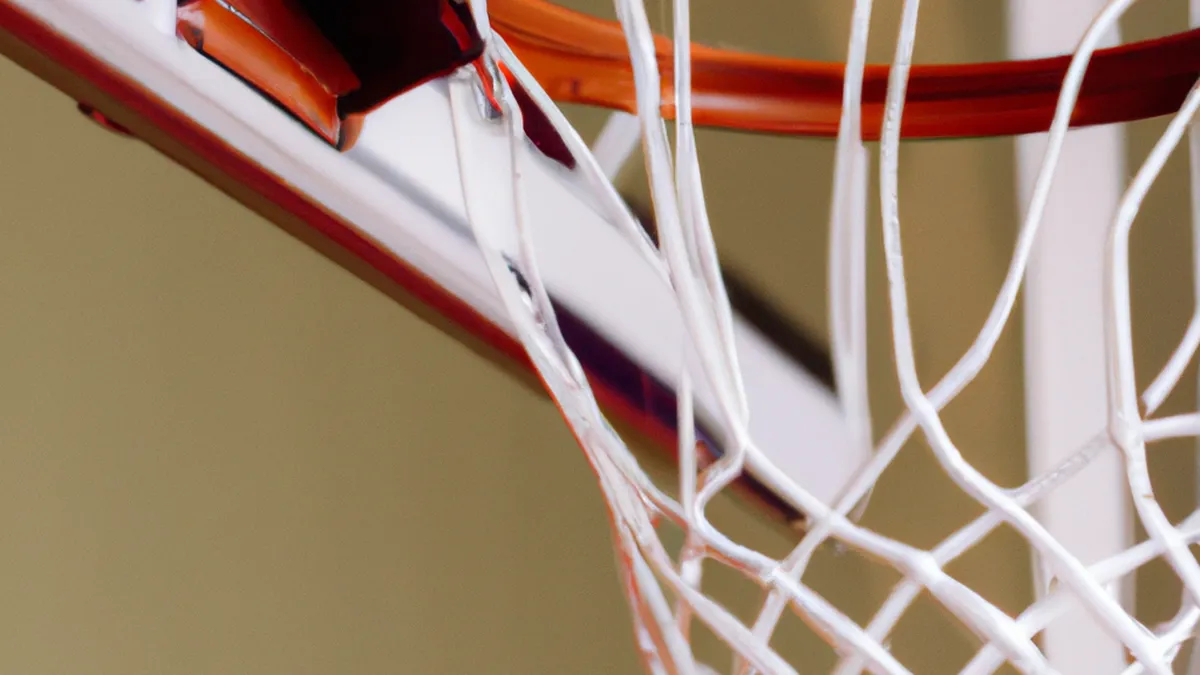Resilience in Sports: Older Players’ Tactics
Adapting Tactics for Older PlayersAge can challenge and benefit athletes in sports. Older players possess unique strengths, but they also face physical limitations. Coaches must adapt tactics to maximize older athletes’ performance. This blog explores strategies to help older players compete and excel safely.
Understanding Physical Limitations
Recognizing physical limitations is crucial for adapting tactics. Aging leads to decreased stamina, slower recoveries, and reduced flexibility. These changes affect athletes’ on-field performance. Coaches can tailor strategies to accommodate these limitations and enhance performance.
Assess Individual Capabilities
Every athlete possesses unique abilities. Some older players maintain exceptional fitness, while others struggle with movements. Conducting assessments helps identify individual strengths and weaknesses. This information enables coaches to create personalized strategies for each athlete.For example, a player with strong strategic thinking but limited mobility can focus on decision-making roles. This approach conserves energy while maximizing the player’s value to the team.
Modify Training Intensity
Adjusting training intensity is essential for older players. High-impact drills often lead to injuries, threatening an athlete’s career. Coaches should prioritize lower-impact training methods like swimming, cycling, or yoga. These activities enhance cardiovascular health and flexibility without stressing the body.Coaches can also vary drill intensity. Instead of long sessions, implement shorter workouts with adequate rest periods. This strategy helps prevent fatigue and reduces injury risks while promoting fitness.
Emphasizing Skill Development
As an Amazon Associate I earn from qualifying purchases.
Gear tip: consider compression socks, protein bars, and compression sleeves to support this topic.
Skill development should take priority for older players. They often possess valuable experience and game knowledge.
Focus on Tactical Awareness
Older athletes excel in tactical awareness. Years of play sharpen their ability to read the game and anticipate opponents. Coaches should encourage players to leverage this skill by teaching effective positioning.Incorporating film analysis and strategy sessions can enhance tactical awareness further. These sessions help players visualize scenarios and develop counter-strategies. By emphasizing mental preparation, older players can maintain high performance despite declining physical capabilities.
Incorporate Small-Sided Games
Small-sided games benefit older players significantly. These formats reduce physical demands while enhancing skill development. They allow players to focus on ball control, passing, and decision-making in a less strenuous environment.For example, in soccer…
Conclusion
In summary, adapting tactics for older players ensures their continued success and safety in sports.
Below are related products based on this post:
FAQ
What are the physical limitations older athletes face?
Older athletes often experience decreased stamina, slower recovery times, and reduced flexibility. These changes can impact their on-field performance and require coaches to adapt tactics accordingly. Recognizing these limitations is essential for creating effective training strategies.
How can coaches assess the capabilities of older players?
Coaches can conduct assessments to identify the unique strengths and weaknesses of older players. This information helps tailor personalized strategies that maximize each athlete’s potential. For instance, a player with strong strategic thinking but limited mobility can focus on decision-making roles.
What training methods are recommended for older players?
Coaches should prioritize lower-impact training methods such as swimming, cycling, or yoga to enhance cardiovascular health and flexibility. Additionally, varying drill intensity and implementing shorter workouts with adequate rest periods can help prevent fatigue and reduce injury risks while promoting fitness.















Post Comment